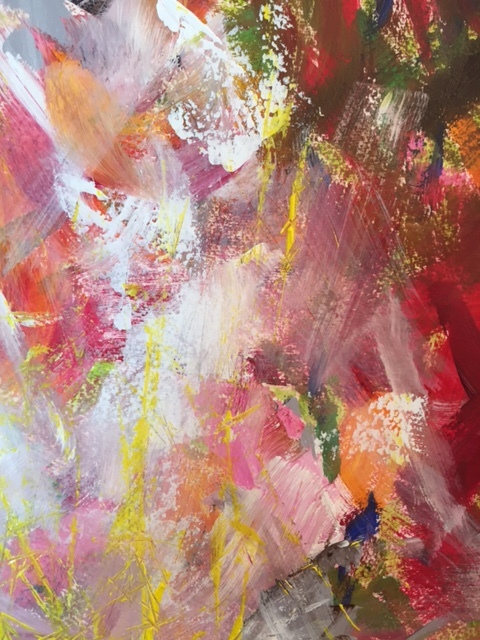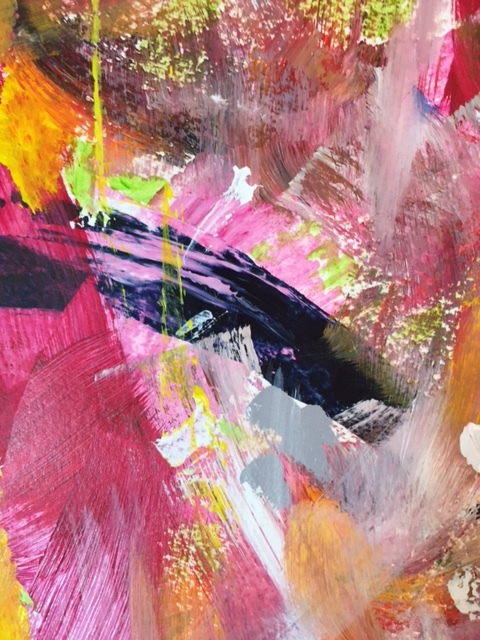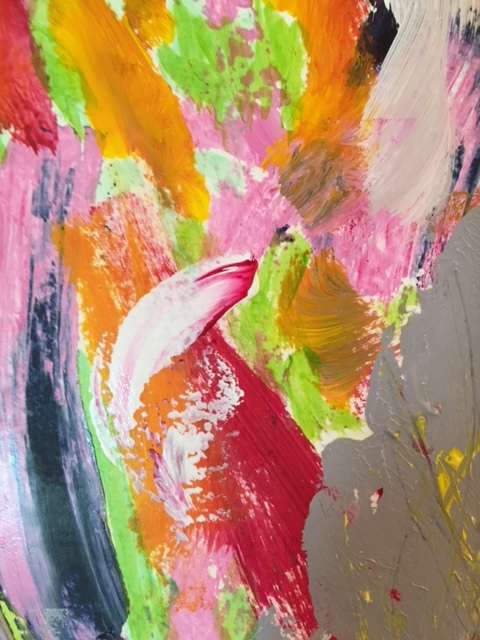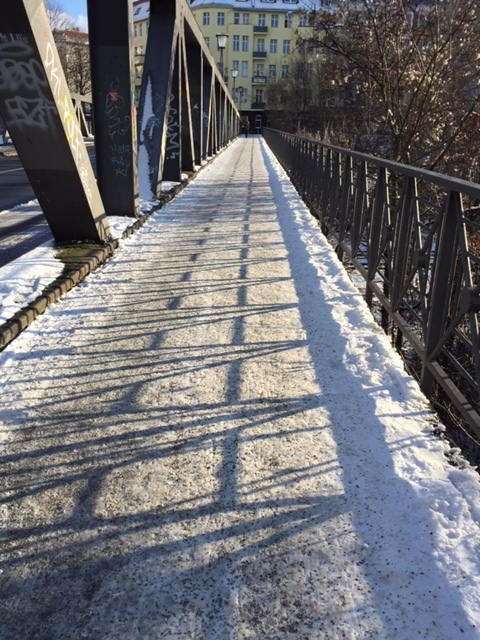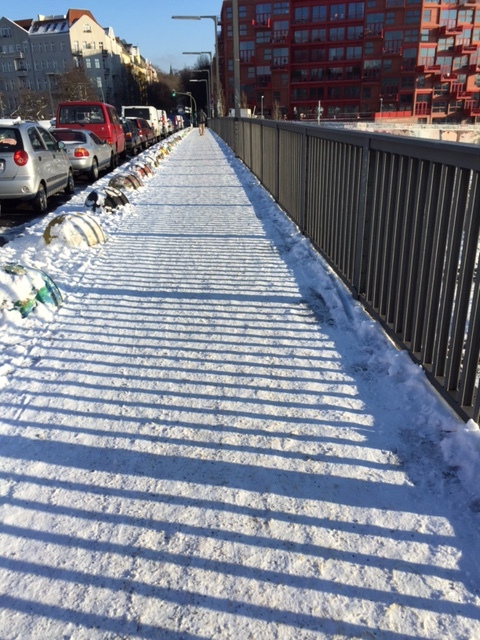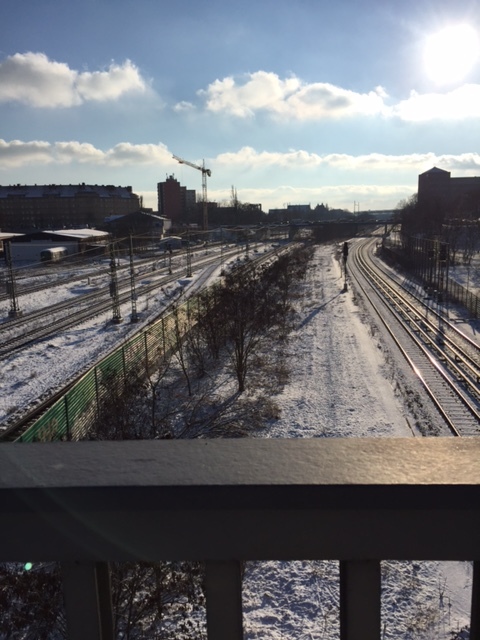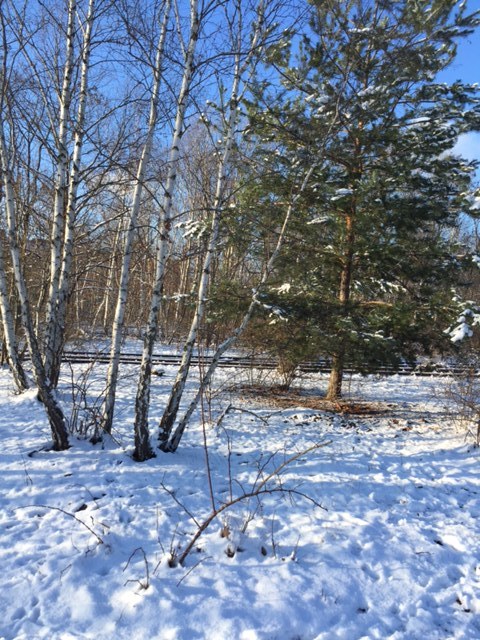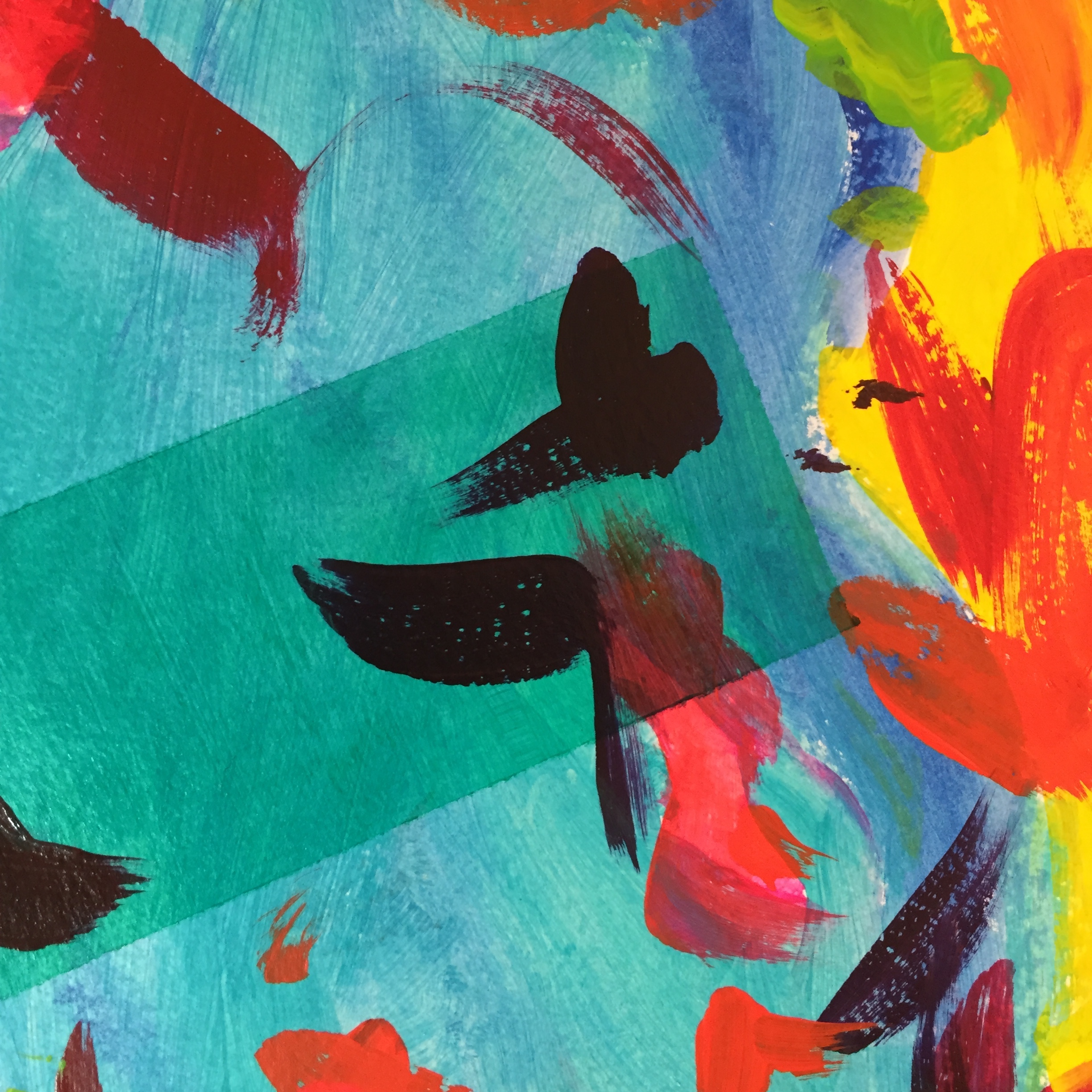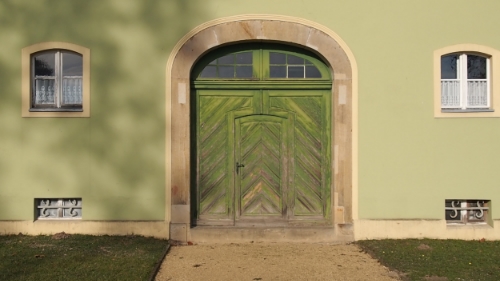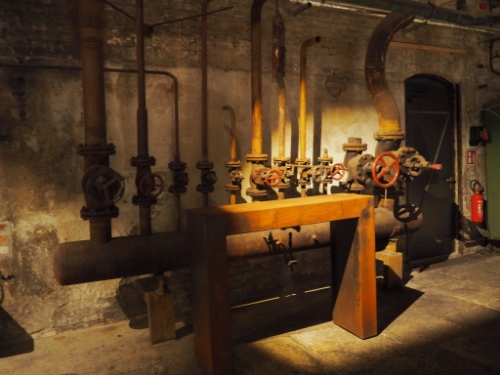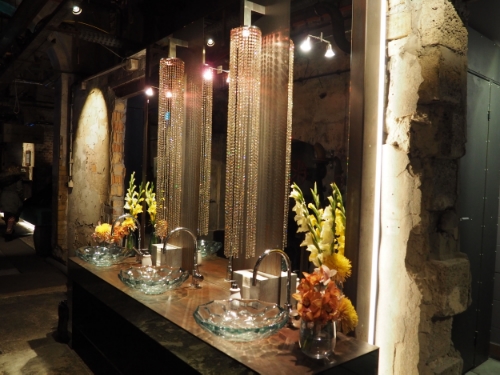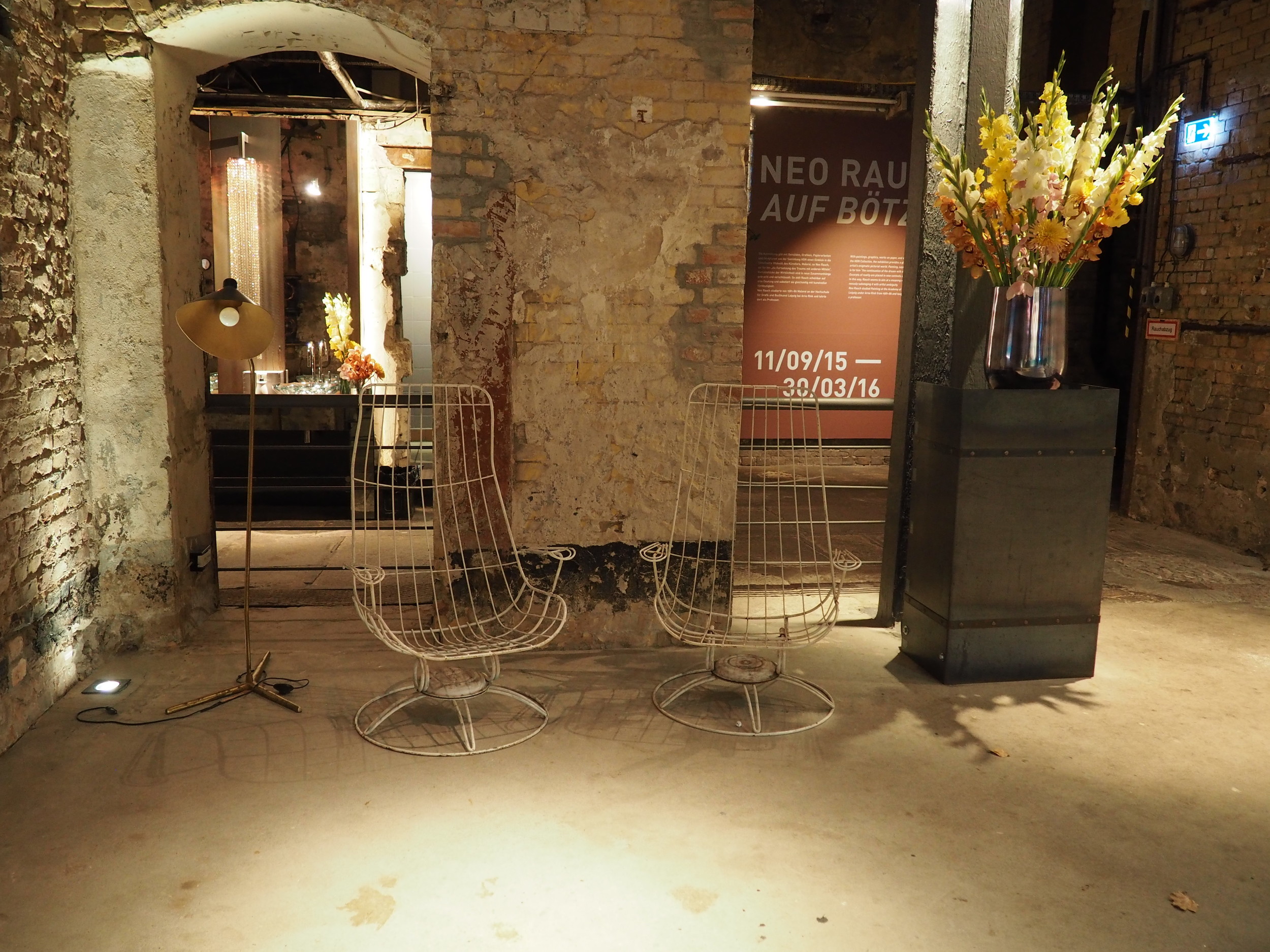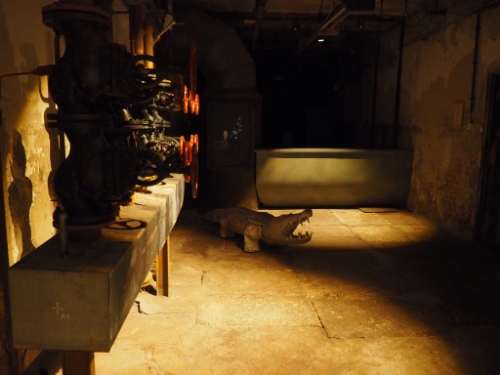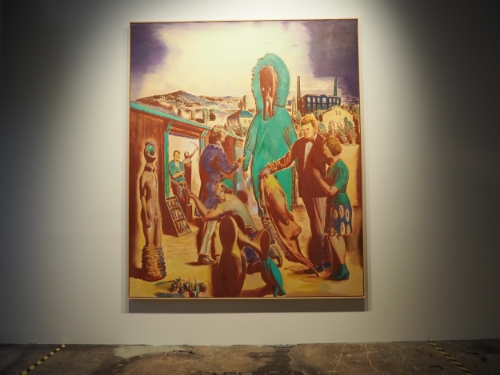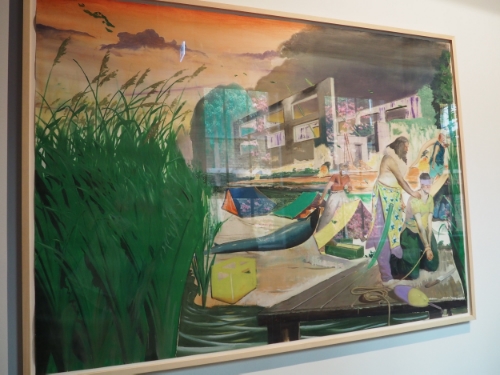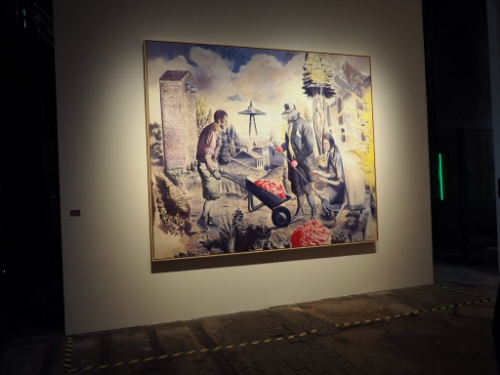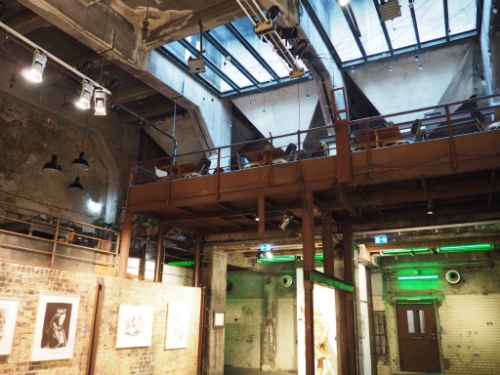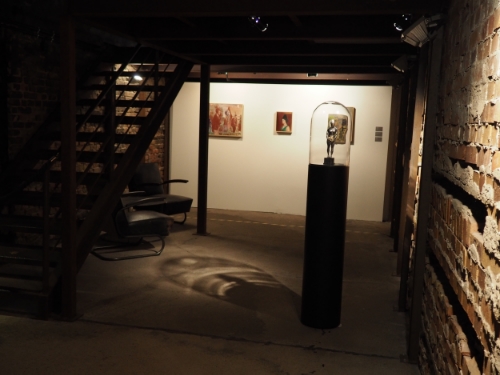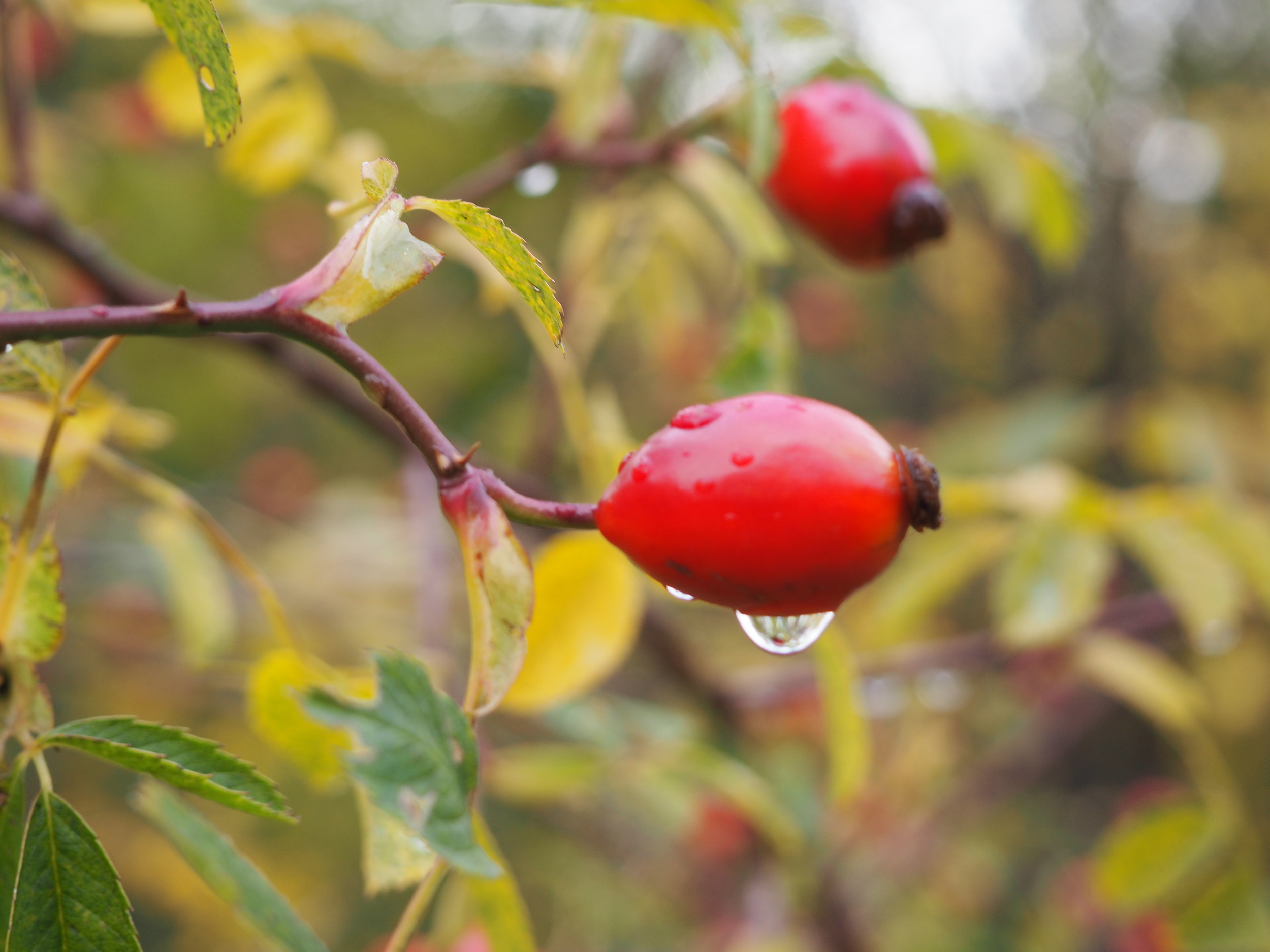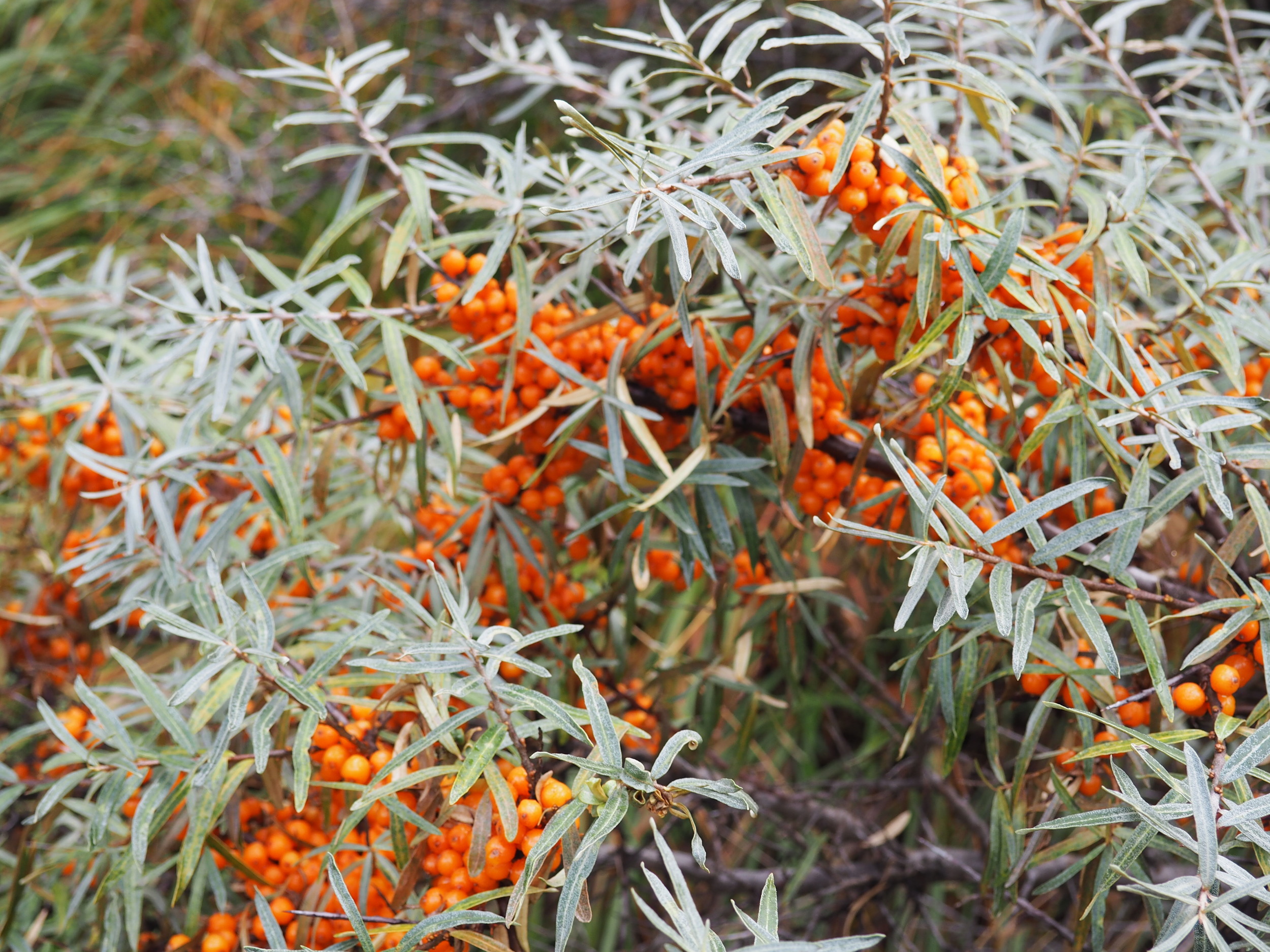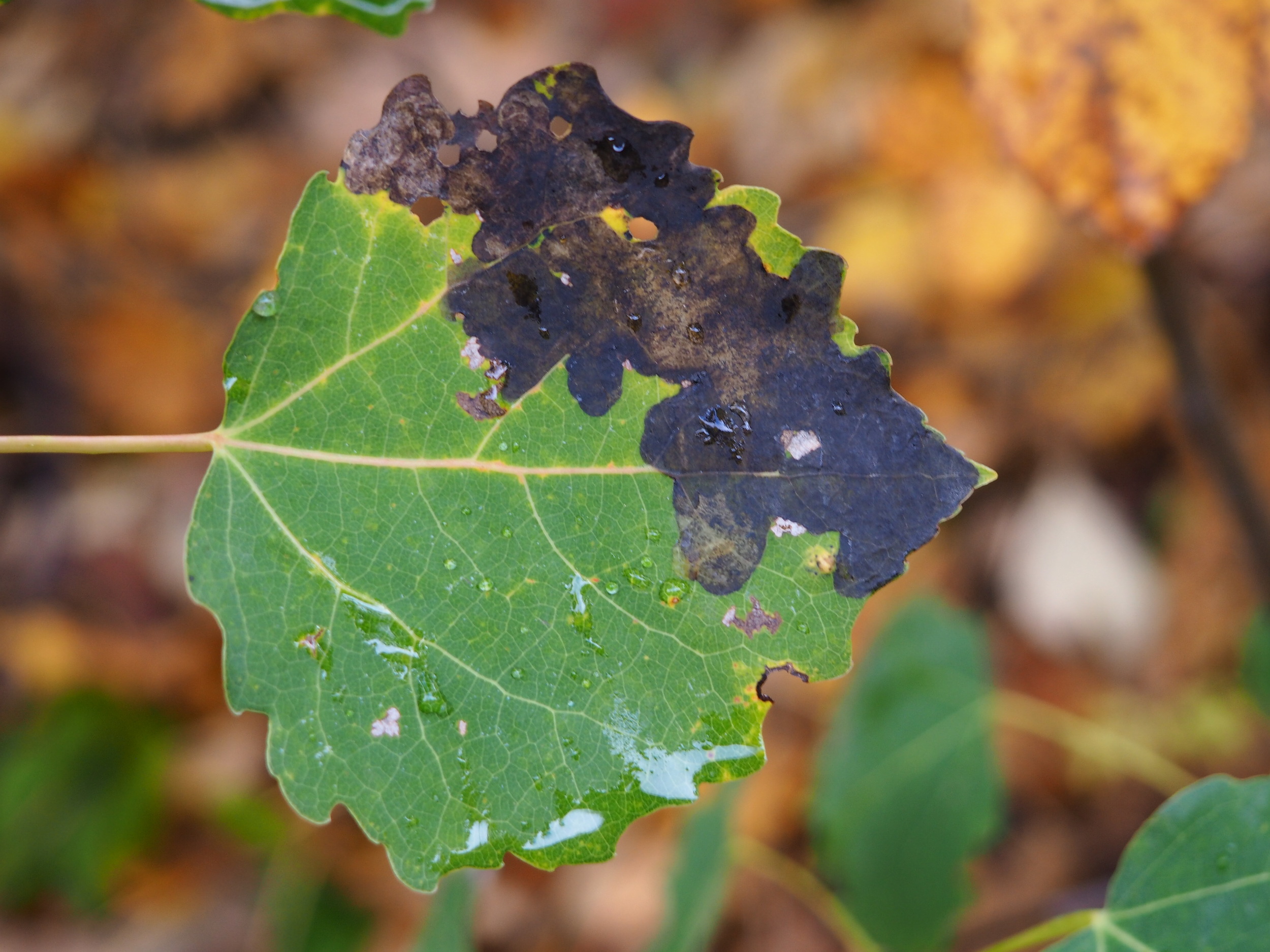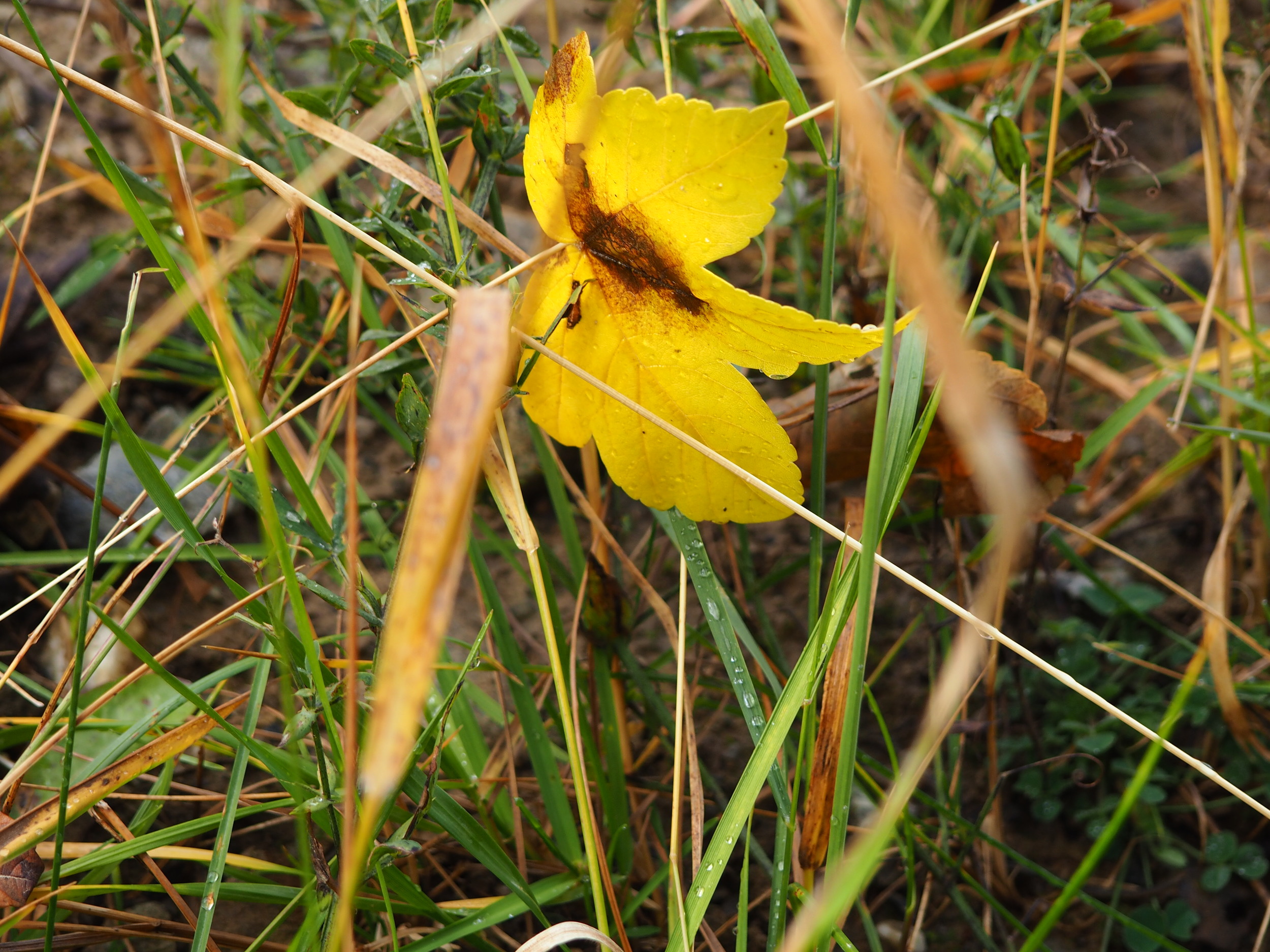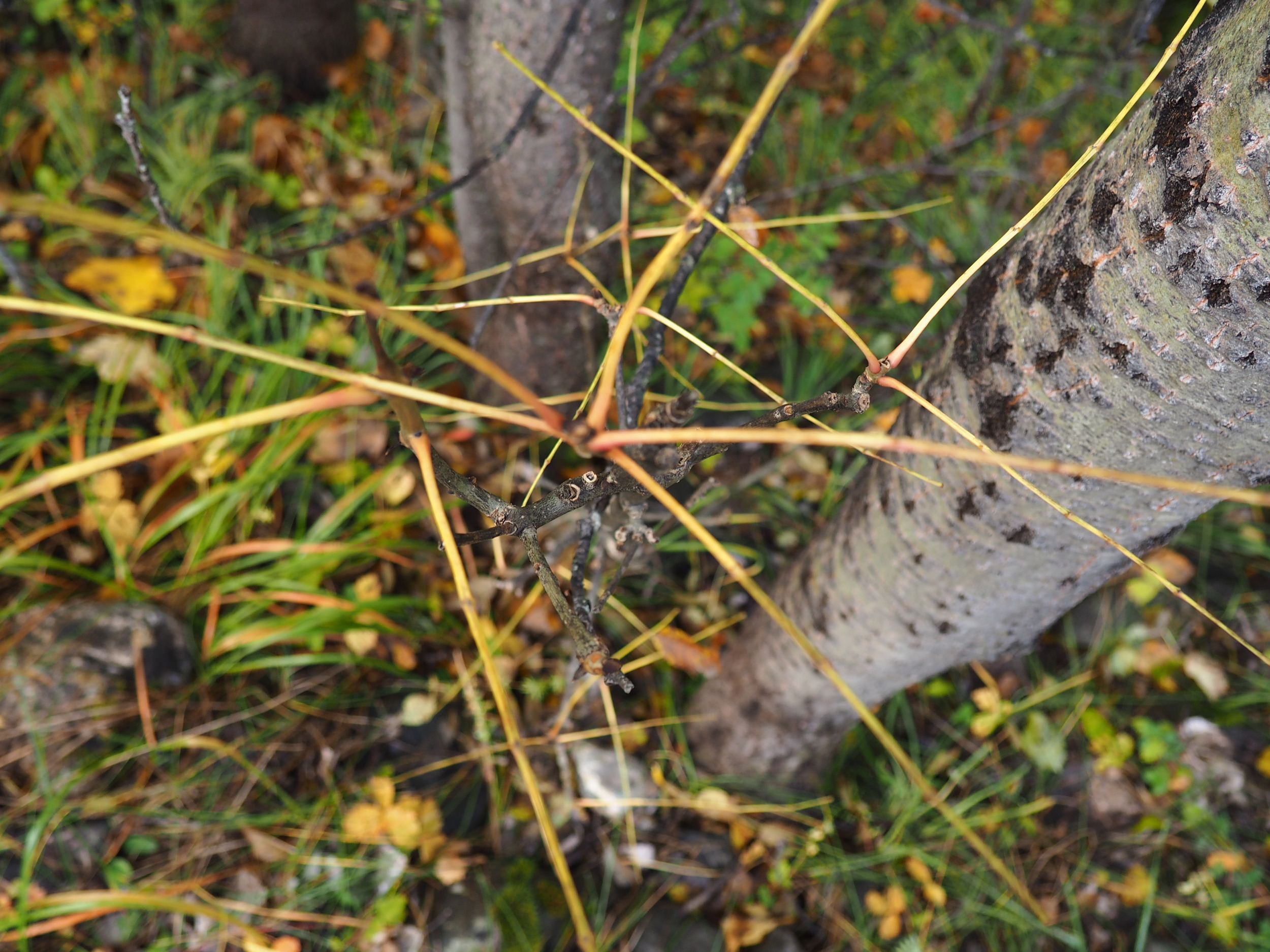I have just come from the Berlin premiere of ‘The Seasons in Quincy: Four Portraits of John Berger’, film project by Tilda Swinton and Colin MacCabe. Berger has been a hero for decades now, a constant force of intelligence and an exemplar of a life well-lived, pointing a way into ourselves through action.
He was not there today, and he was enormously present. He was present in his intensity of expression on film, in his determination to communicate, and in the impact he had made on the filmmakers who afterwards talked about the filming in a Q and A session.
His voice over images of nature: A season is not something that befalls you. It is something that you inhabit.
In a panel on politics: I see myself as a storyteller… a passer of stories… across borders.
A supremely creative person who speaks of passing on what he hears, not of inventing it. And that strange word – passer – that seems to be neither French nor English, and to be both French and English…and to pass in all languages.
Time, vertical and horizontal. Parents and children. Deaths and births. Honouring memory and the past, and yet without nostalgia.
I need to think about that last idea. … And as usual, he offers something to consider, to change the course of a life.
Tilda Swinton read his “Self Portrait” which he had sent to the opening instead of himself. He writes, he tells us, because something needs to be told and if he does not tell it, it might not be heard. He describes his writing process as a confabulation as an idea is shaped into words, followed by murmurs of assent when the words are fit for purpose.
I waited with a note to pass on to him, then wrote this blog post instead. The note said: Thank you, John Berger, for your inspirational life.






